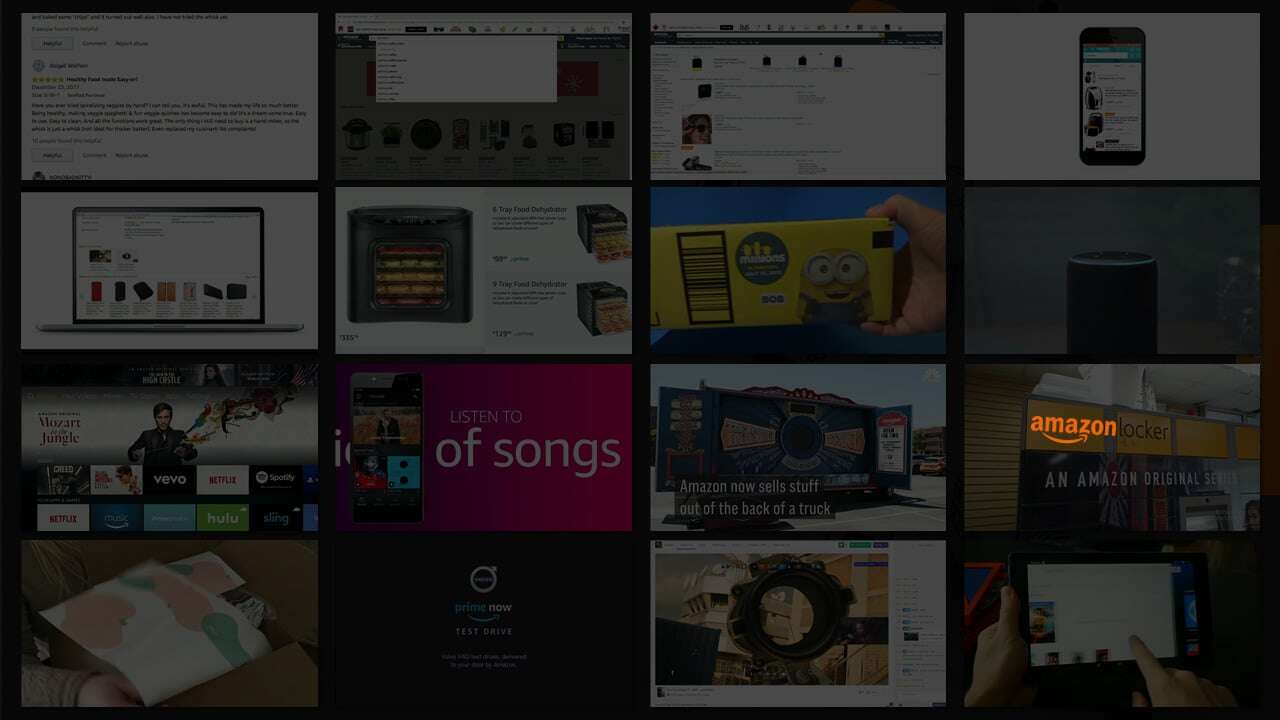Amazon Explained: Amazon Marketing Cloud (AMC)
Podean’s perspective on AMC, use cases, roadmap and how to leverage.

What does the future of car retailing look like, and what role could Amazon play?
To begin answering that we need to understand the complex and contentious relationship between car manufacturers and those who sell the cars – the dealers. Currently in all 50 US states, due the franchise agreements in place, the manufacturers are not allowed to sell direct to consumers. And powerful lobbying by (very rich) dealers aim to keep that status quo for the foreseeable future.
This is despite consumers desiring a better quality, and more digital, shopping experience. In a 2017 survey conducted by Capgemini Consulting, 42 percent of consumers said they were “likely” or “very likely” to buy a car online in the future. Another 2017 study by Root & Associates/CDK found that 53 percent of consumers said they were “very” or “extremely” likely to conduct the entire car purchase online. That’s almost half the US new-car-buying population. And doing the maths based on 17.6m cars new cars sold in the US each year that means potentially 8 million could be entirely sold online.
At a profit margin of between 2% and 18% (Porsche) per vehicle sold, by decreasing dealerships and their associated costs (salespeople, floorspace, cleaners, local area advertising, holding inventory, shipping cars between dealers and around the country) there could be considerable savings passed onto consumers AND the manufacturers could be more profitable.
Dealers argue that many consumers still do want to speak to someone, test different cars, negotiate their trade-in or seek advice on financing and the dealership helps with many of these aspects (though apart from sitting or driving the car, technology could provide better solutions for the other claims). The real reason for this protectionist stance is by getting you to step foot into their showroom they know they’ll likely sell you accessories to your car, finance and insurance. It’s estimated these elements DOUBLE the dealerships’ margin.
Only Tesla has managed to avoid appointing dealers and is able to operate in a more consumer-centric, efficient and effective way. When you buy a Tesla you must do so exclusively online even if you test drive a car at a showroom or check one out at a display or in a mall.
So as the dominant online retailer, what opportunity does the auto category represent for Amazon?
As per the above, when it comes to new cars, it’s tricky.
Despite not being able to sell cars to customers, the Amazon Garage now has over 121m cars registered – being 40% of those on the road. They append this information every time you buy an accessory for your car (eg. windshield wipers, seat covers, tires) and using other data sources. Consumers can also update their car to get the most relevant results. Finally, Amazon also has reviews on nearly every car ever made – more than 50,000 reviews in fact, and sell parts, merchandise and accessories for many brands

Amazon can use this data to hyper-target a new car ad to you – to match with the sort of car you already have, the life-stage you’re in (graduated, marriage, starting family), where you live (mountains, city, suburban), your age, family makeup, socio-economic profile and many other data points. And reach you via display advertising, video/OTT, direct mail to prospects and in integrated experiences such as test drives on demand (examples include Audi and Hyundai).
But where could things go?
Firstly, Amazon could create a deeper integration with all dealers to allow people to seamlessly choose the right model for themselves, download collateral and register for a test-drive at their preferred dealer location. They could do this on a cost-per-lead basis rather than CPM/sponsorships.
Secondly, as Amazon focuses more on sellers using Amazon as a sales platform (versus vendors who sell goods to Amazon), Amazon could enter into the used car space. eBay motors has over 118,000 active listings and has sold over 5 million cars, and Carvana sold over 44,000 cars in 2017.
Thirdly, Amazon could try to work with manufacturers on new car leases rather than purchase (this is a gray area), similar to what they have done in Spain (translated version at bottom of article).
Finally, Amazon could sell its own cars, without relying on the dealer relationships and laws around it. In February this year Amazon led a $700 million round of funding in Rivian, a Michigan-based electric vehicle startup, that competes with Tesla. It also invested in Aurora, a self-driving startup. These investments and the potential for full Amazon ownership definitely has advantages for Amazon’s trucking and logistics, but also may be the first of many cars to sell online.
There’s a lot of potential upside if Amazon expands its auto offering.
Capturing 2% of the ad spent would deliver $360m in ad revenue at high margin, and 0.1% revenue from car sales could deliver an additional $1.4bn retail revenue. That’s a lot of new revenue and opportunity.

Further auto analysis HERE

Podean’s perspective on AMC, use cases, roadmap and how to leverage.

WARNING – This article is NOT about Amazon Sponsored Ads / Search / PPC, but looks into the future of Amazon’s broader advertising offering.

3 min read
Amazon gets a lot of advertising revenue from brands that sell on the platform – probably more than $9bn of the $10.1bn total ad revenue. But a key...
